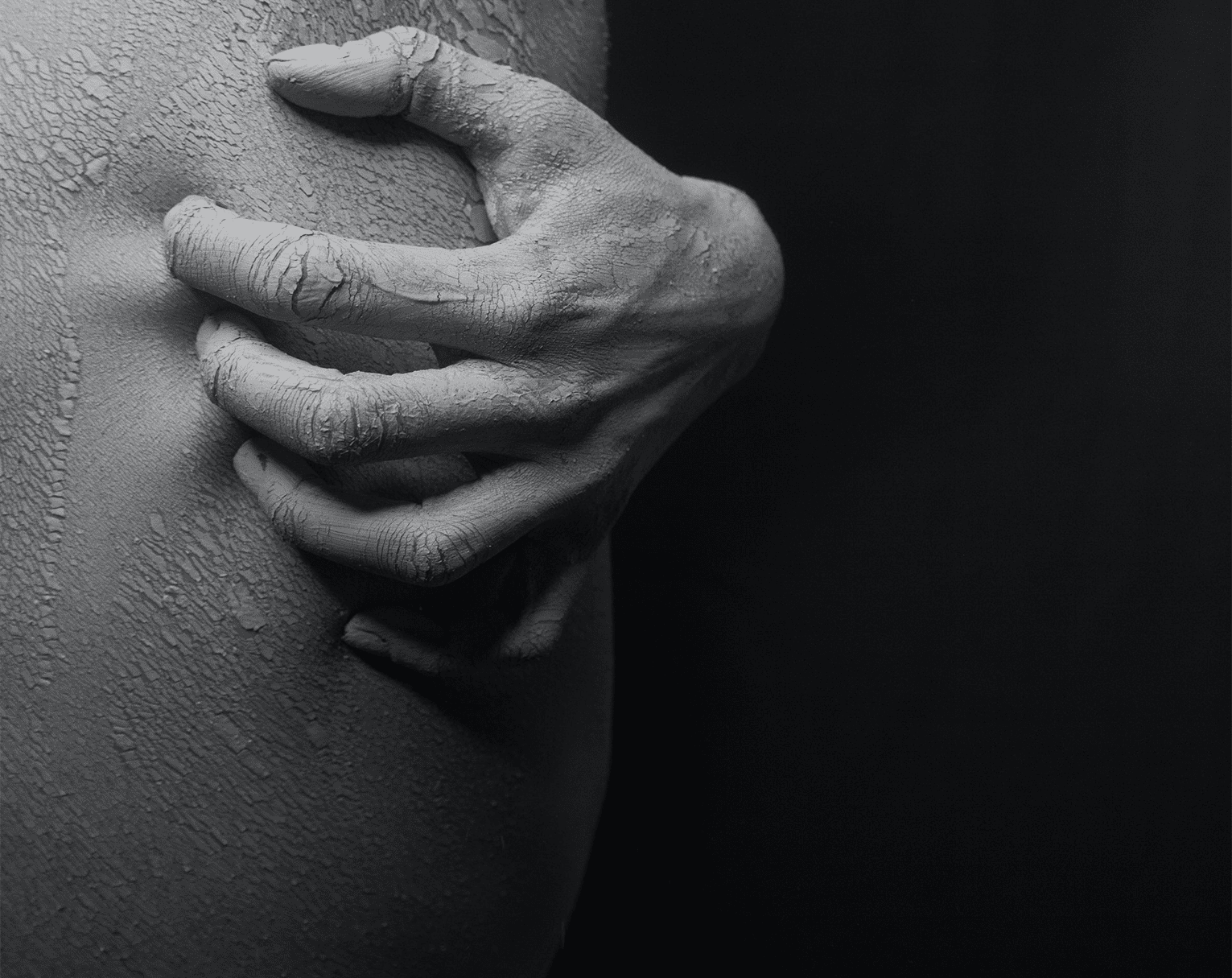
Psoriasis is a chronic skin disorder that affects over 8 million adults in America today. This autoimmune condition occurs when an overactive immune system speeds up the skin cell growth three times faster than normal, and the body hasn’t had the time to shed old skin cells yet. The phenomenon results in a build-up of skin that manifests as red plaques and scaly patches all over the body. There are different types of psoriasis, and knowing what they look like can help people get a more accurate diagnosis that will help them treat the skin disease accordingly.
Plaque Psoriasis
Plaque psoriasis is the most common type of psoriasis, with up to 80 to 90 percent of people with psoriasis developing plaques. Usually, the skin takes 21 to 28 days to regenerate new skin cells, but in psoriasis, the immune system attacks healthy skin cells, so new ones develop every 4 to 7 days.
Plaque psoriasis will leave skin with red, irritated patches, and the damage causes the skin to have itchy grayish-white scales. These plaques usually show up in the scalp, elbow, knees, face, hands, and feet. Some people with more severe plaque psoriasis cases can develop psoriatic arthritis, heart disease, and diabetes.
Guttate Psoriasis
According to the National Psoriasis Foundation, about 8% of people with psoriasis have guttate psoriasis, which is the second most common psoriasis type. Guttate is the Latin word for “drop,” which perfectly characterizes the little red raindrop-shaped patches on the skin.
Compared to the large red and silvery lesions in plaque psoriasis, guttate psoriasis has much smaller and thinner patches. Several hundred of these tiny drop-shaped patches may appear on the arms, legs, torso, scalp, face, and ears. Most people affected by guttate psoriasis usually start to see symptoms during childhood or young adulthood, and a common trigger for this in children is strep throat.
Pustular Psoriasis
Pustular Psoriasis is a rare and severe form of psoriasis characterized by pustules, painful white pus-filled bumps with possible surrounding inflamed skin. Light skin will appear red in the affected areas, and dark skin will appear darker in color. And although the pustules may look worrisome, the pus in the pustules is not contagious as it consists of white blood cells.
Pustular psoriasis is also categorized into three types:
General pustular psoriasis (GPP) or von Zumbusch psoriasis affects large body areas and can develop quite rapidly. The onset of symptoms often comes with fever, chills, severe itching, heart rate change, and fatigue.
Localized pustular psoriasis or palmoplantar pustular psoriasis (PPPP) affects the palms of the hands and/or the foot soles.
Acropustulosis affects the tips of the fingers and/or toes. This type rarely appears, usually after a skin injury or infection.
Pregnant women may also experience pustular psoriasis as hormonal changes can affect the immune system. This condition is called impetigo herpetiformis and typically occurs during the third trimester.
Treatment for Psoriasis
Psoriasis is a life-long condition that many have to carry. Although there is no cure yet, a simple lifestyle change such as avoiding alcohol and nicotine, exercising regularly, and eating nutritious food is enough to reduce flare-ups. A trip to the doctor is also recommended for a suitable treatment plan tailored to each type of psoriasis. Check out the National Psoriasis Foundation Health Care Provider Directory to help find the right doctor for you or your loved one.





0 Comments